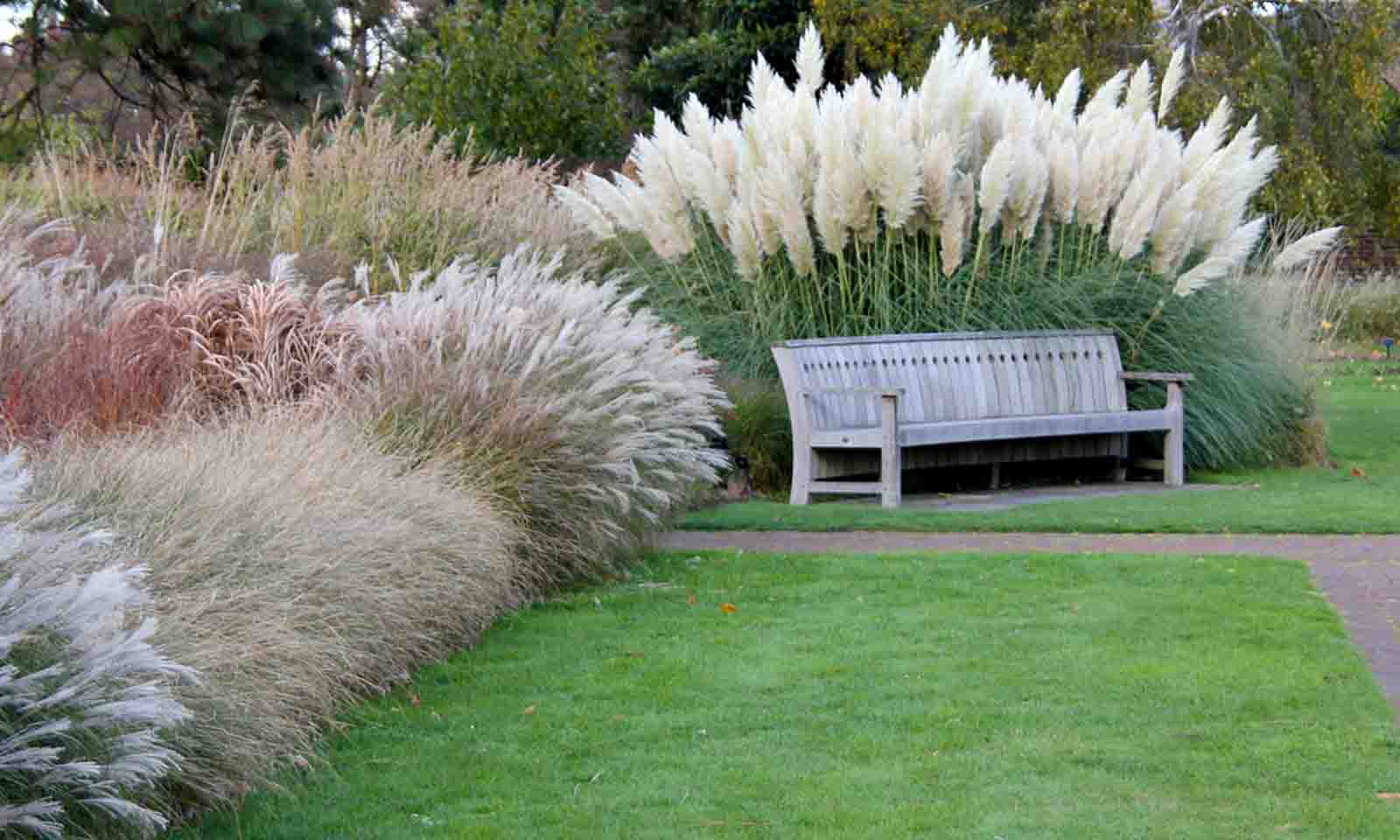Pampas grass is a tall, beautiful plant that grows in large grasslands. It is known for its fluffy white or pink flower plumes that can sway in the wind. This article explores where pampas grass is found around the world and how it is used in different areas.
What is Pampas Grass?
Pampas grass (Cortaderia selloana) is a type of grass that can grow up to 10 feet tall. It is native to South America, especially in countries like Argentina, Brazil, and Uruguay. The plant thrives in warm climates and can grow in various soil types. It has long, narrow leaves that are green and sharp-edged.
Where is Pampas Grass Found?
While pampas grass originally comes from South America, it has spread to many other parts of the world. It can now be found in:
- South America: Its native habitat includes countries like Argentina, Brazil, and Uruguay, where it grows abundantly in natural grasslands.
- North America: It has spread to places like California and the southeastern United States, often found in gardens and landscapes.
- Europe: Pampas grass can be seen in warmer regions, especially in countries like Spain and Portugal.
- Australia and New Zealand: It is commonly used in parks and private gardens, contributing to the local flora.
While it thrives in these areas, it can also become invasive in some regions, leading to ecological concerns.
Uses of Pampas Grass
Pampas grass is not just pretty; it has many uses in different sectors:
1. Ornamental Use
One of the most common uses of pampas grass is for decoration. Its tall, feathery plumes make it a popular choice in gardens and landscapes. Many people plant it to add a touch of elegance to their yards.
2. Crafts and Decorations
The flower plumes of pampas grass can be dried and used in various crafts. They are often used in floral arrangements, wreaths, and home decor. The soft, fluffy look makes them appealing for creative projects.
3. Erosion Control
Pampas grass can help prevent soil erosion. Its strong roots hold the soil in place, especially on hillsides or along riverbanks. This makes it a useful plant in landscaping and environmental protection.
4. Wildlife Habitat
Pampas grass provides shelter for various animals and birds. Its tall stems create a safe space for wildlife to hide from predators and raise their young.
5. Windbreaks
In agricultural areas, pampas grass can serve as a windbreak. Farmers plant it along fields to protect crops from strong winds. This can help improve crop yields and reduce damage.
Challenges of Pampas Grass
Despite its many benefits, pampas grass can also be a problem. In some places, it can become invasive, spreading quickly and taking over native plants. This can harm local ecosystems and biodiversity. It is important for gardeners and land managers to control its growth to avoid these issues.
How Dust Particles Help in the Light of the Earth | Maya (mayathevoice.com)
Final Note:
Pampas grass is a remarkable plant that plays a role in various parts of the world. Its beauty, versatility, and practical uses make it a favorite among many. However, it is essential to manage its growth responsibly to protect local environments. Whether for decoration, erosion control, or wildlife habitat, pampas grass continues to be a valuable part of grasslands everywhere.




